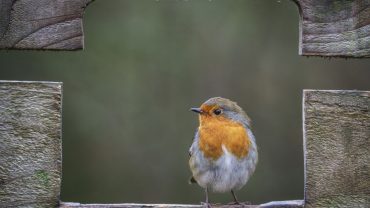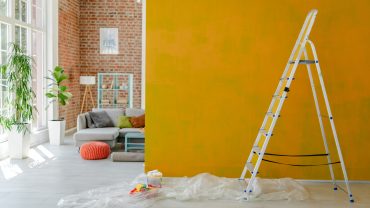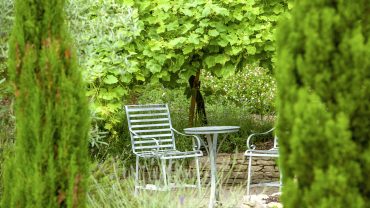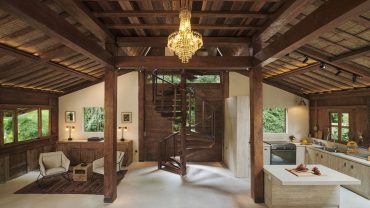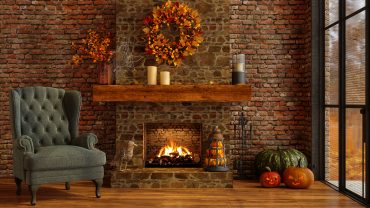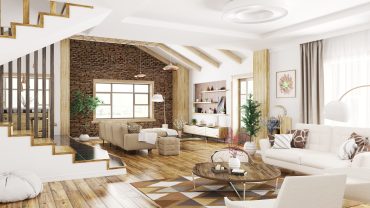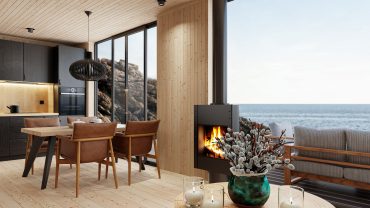The Victorian era was a time of great change and progress. Considered to run from 1820 to 1914, it does not accord exactly with the nearly 64-year reign of its namesake, Queen Victoria. Nevertheless, it reflects the social, cultural and economic changes experienced under Britain’s second–longest ruling monarch. And nowhere is this more evident than in the styles adopted within homes at the time, reflecting not only trends of the time, but the power and wealth of the nation and the progress achieved on so many fronts.
So, what is Victorian interior design? In this article, we’re exploring the many facets and features of interior design Victorian style.
History of Victorian Interior Design

Engraving depicting a Victorian dinner party (Credit: Universal History Archive/Universal Images Group via Getty Images)
The Victorian era was a time of significant change. The industrial revolution was in full swing, transforming not just the economy but the very fabric of society. The expansion of the British Empire brought new materials and decorative items from abroad, which were eagerly incorporated into the homes of the time. Victorian interior design reflects these social, economic, and technological shifts, showcasing an era where the home became a place for expressing wealth, status, and an appreciation for the arts and craftsmanship. Let’s look at this in more detail.
What is Victorian Interior Design?

Victorian style living room with modern furniture. (Credit: Jovy86 via Getty Images)
The essence of Victorian interior design lies in its distinct traits, such as:
Richness and Depth
Victorian interior design is synonymous with depth, richness, and ornamentation. The style favoured dark, rich colours such as burgundy, navy, and forest green, creating a backdrop that highlighted the era’s penchant for elaborate patterns and detailed craftsmanship.
Ornamentation and Detail
This period was known for its eclectic approach, blending elements from Gothic, Rococo, and Neoclassical designs, among others, to create interiors that were visually rich and complex. The Victorian style house interior was not just about aesthetics; it was also about comfort and opulence.
Emphasis on Comfort and Opulence
Homes were filled with heavy drapes, plush upholstery, and intricately designed wallpapers, all of which served to showcase the homeowner’s wealth and sophisticated taste. The attention to detail extended to every corner of the house, with even the most functional items being embellished with decorative motifs.
Key Elements of Victorian Style House Interiors

A Victorian dining room featuring rich mahogany furniture. (Credit: RichLegg via Getty Images)
Victorian interior design is distinguished by several key elements that contribute to its unique look and feel, including:
Colour Palette
The colour palette of Victorian interior design played a crucial role in setting the mood of the space. Deep, vibrant colours were used extensively, not just on walls but also in textiles and other decorative elements.
Furniture and Woodwork
Furniture in a Victorian house interior design was often made from dark woods such as mahogany, walnut, and oak, featuring intricate carvings and a high level of craftsmanship that added to the overall sense of luxury.
Textiles and Wallpaper
Heavy fabrics, elaborate patterns, and vibrant colours were the norm, with rooms often being adorned with layers of curtains, rugs, and throws, all richly textured and patterned.
Decorative Arts
The use of stained glass and decorative tiles added further depth and colour to Victorian interiors, enhancing the overall aesthetic appeal.
Lighting
Lighting was another critical element of interior design Victorian style. The advent of gaslight, and later electric light, allowed for more elaborate lighting fixtures to be developed, including ornate chandeliers and lampshades that became focal points in Victorian rooms.
Modern Victorian Interior Design

A Victorian styled apartment featuring modern furniture. (Credit: Vostok via Getty Images)
Incorporating Victorian interior design into modern homes can be a rewarding challenge. Contemporary designers often draw on elements of Victorian style, blending them with modern aesthetics to create spaces that feel both timeless and relevant. The key is balance, ensuring that the richness and detail of Victorian design enhance rather than overwhelm the modern home.
Embracing Victorian interior design comes with its challenges, particularly when trying to balance the era’s opulence with modern practicality. Over-decoration can quickly lead to a space feeling cluttered and overwhelming, so it’s important to strike the right balance.
Summarising Victorian Interior Design

Traditional styled modern Victorian bathroom. (Credit: frazaz via Getty Images)
And so, it seems the enduring appeal of Victorian house interior design lies in its complexity, its richness, and its ability to convey a sense of history and craftsmanship. Whether through the incorporation of a few key elements into a contemporary home or a more dedicated reproduction of Victorian style, the elegance and depth of Victorian interior design remain as compelling today as they were in the 19th century.

